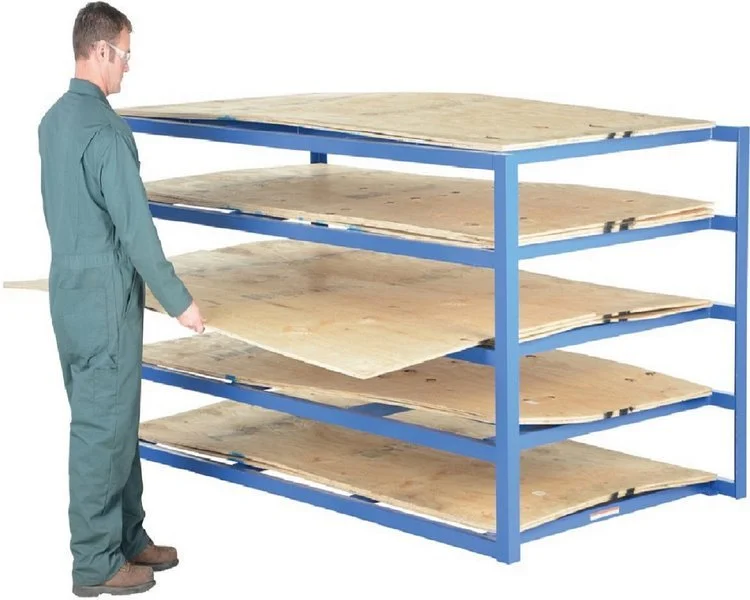Introduction
In industries that involve heavy lifting and the movement of bulky materials, worker injuries are a significant concern. Portable cranes have emerged as valuable assets in mitigating these risks by providing efficient and safe solutions for lifting and transporting loads. In this blog, we will explore how portable cranes can be a game-changer in reducing worker injuries and creating a safer work environment.
The Power of Portable Cranes
Portable cranes are versatile lifting devices that can be easily moved to different locations within a workspace. They offer a range of benefits, including:
Flexibility: Portable cranes are adaptable to various work settings. They can be used indoors or outdoors and are suitable for a wide array of industries, such as construction, manufacturing, warehouses, and more.
Reduced Manual Labor: One of the most significant advantages of portable cranes is their ability to lift and move heavy loads, reducing the need for extensive manual labor. This directly translates to a decreased risk of worker injuries related to lifting heavy objects.
Enhanced Precision: Portable cranes are designed for precise lifting and positioning of loads, minimizing the potential for accidents caused by load misalignment or dropping.
Time Efficiency: These cranes can expedite tasks that would otherwise be time-consuming and labor-intensive. Faster completion of tasks means less exposure to potential hazards for workers.
Improved Ergonomics: Portable cranes are engineered with ergonomic considerations, making them user-friendly and minimizing strain on workers' bodies during operation.
Safety Guidelines for Using Portable Cranes
While portable cranes offer immense safety benefits, proper usage is essential to maximize their advantages. Here are some crucial safety guidelines to consider:
Training: Ensure that workers are adequately trained to operate the specific type of portable crane being used. Training should cover setup, operation, load limits, and emergency procedures.
Load Capacity: Always adhere to the manufacturer's load capacity recommendations. Overloading a crane can lead to instability and potential accidents.
Stable Surface: Place the portable crane on a level and stable surface to prevent tipping or rollovers during operation.
Proper Assembly: Follow the manufacturer's instructions for assembling and disassembling the crane. Incorrect assembly can compromise safety.
Clear Communication: Establish clear communication protocols among the crane operator, workers on the ground, and anyone involved in the lifting process.
Regular Inspection: Conduct routine inspections of the portable crane for any signs of wear, damage, or malfunction. Address any issues promptly to prevent accidents.
Benefits of Using Portable Cranes for Worker Safety
Injury Prevention: The most significant benefit of using portable cranes is the reduction of worker injuries related to lifting heavy loads manually. This includes injuries like strains, sprains, and musculoskeletal disorders.
Increased Efficiency: Portable cranes streamline tasks that involve heavy lifting, leading to quicker completion of projects and less time spent in potentially hazardous situations.
Versatility: Portable cranes can be used in various environments and industries, ensuring that worker safety is prioritized across different work settings.
Enhanced Morale: When workers have access to equipment that helps them perform their tasks more efficiently and safely, it can lead to increased job satisfaction and overall morale.
Long-Term Cost Savings: While portable cranes require an initial investment, their ability to prevent injuries can lead to long-term cost savings by reducing medical expenses, worker compensation claims, and downtime due to injuries.
Conclusion
Portable cranes have revolutionized the way heavy lifting tasks are carried out in industries prone to worker injuries. By incorporating these versatile devices into work processes and ensuring proper training and adherence to safety guidelines, companies can significantly reduce the risk of injuries associated with manual lifting. The advantages go beyond just injury prevention; they extend to increased efficiency, improved job satisfaction, and long-term cost savings. As industries continue to prioritize worker safety, portable cranes are emerging as indispensable tools in achieving this goal.































